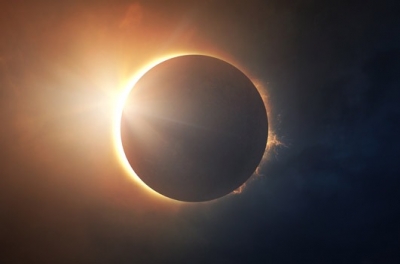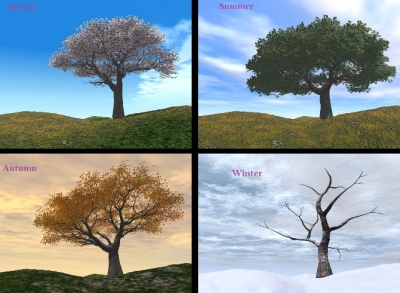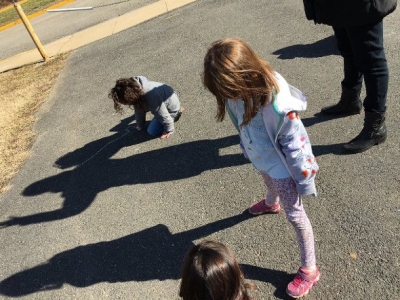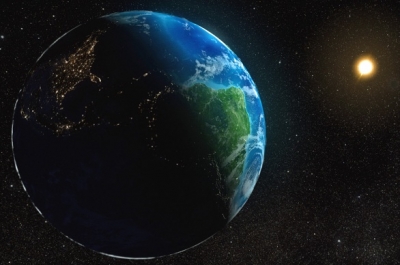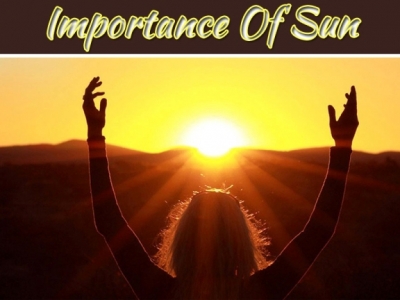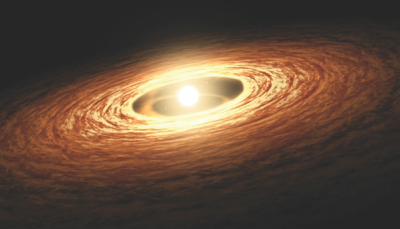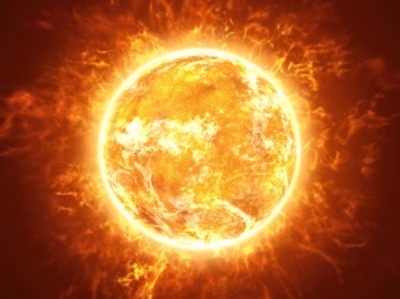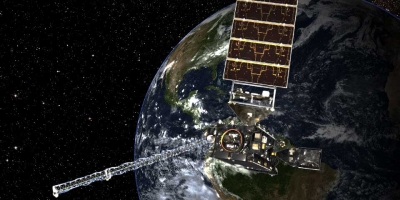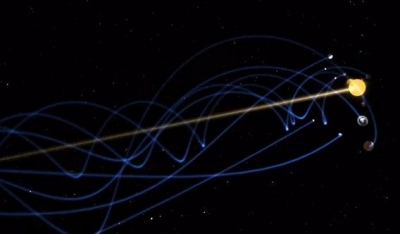
Mercury - Swift Planet
Because it moves quickly around the Sun and circles it faster than all the other planets.
Venus - Morning and Evening Star
The two nicknames given to Venus are because it rises and sets each day, like the Sun. It is visible from Earth, like a star in the sky, in the morning before the Sun rises, and in the evening as soon as the Sun sets.
Earth - Blue Planet
Most of the Earth is filled with water, and this makes the planet appear blue from space.
Mars - Red Planet
Mars is nicknamed so because it appears in the sky as an orange-red star. Toray, scientists know that Mars appears so due to the net on the Martian rocks.
Jupiter - Giant Planet / Gas Giant
Jupiter is the largest planet in the solar system. In fact, it is so big that all the other planets in the solar system could fit inside it! It is also known as the Gas Giant because its atmosphere is mostly made up of hydrogen and helium gas just like the Sun.
Saturn - Ringed Planet
Saturn is known so because of its rings. The other gas giants in the solar system, such as Jupiter, Uranus and Neptune also have rings, but only Saturn’s are visible prominently.
Uranus - Sideways Planet / Bulls Eye Planet / Ice Giant
Uranus is four times the size of the Earth ant is the coldest planet in the solar system. Hence, it is called the le Giant. It is known as the Sideways Planet because it rotates on its side. And, as for the nickname Bulls-Eye Planet, it is because Uranus’ rings are vertical, unlike Saturn's which are horizontal. This makes it appear like a bulls-eye on a target.
Neptune - Big Blue Planet / Windy Planet
Neptune looks blue from space, just like Earth, but i many times larger than our planet. Hence it is called the Big Blue Planet. It is sometimes also called the Windy Planet because winds in Neptune can whip clouds of frozen methane at speeds of more than 2.000 km/h!
Picture Credit : Google
